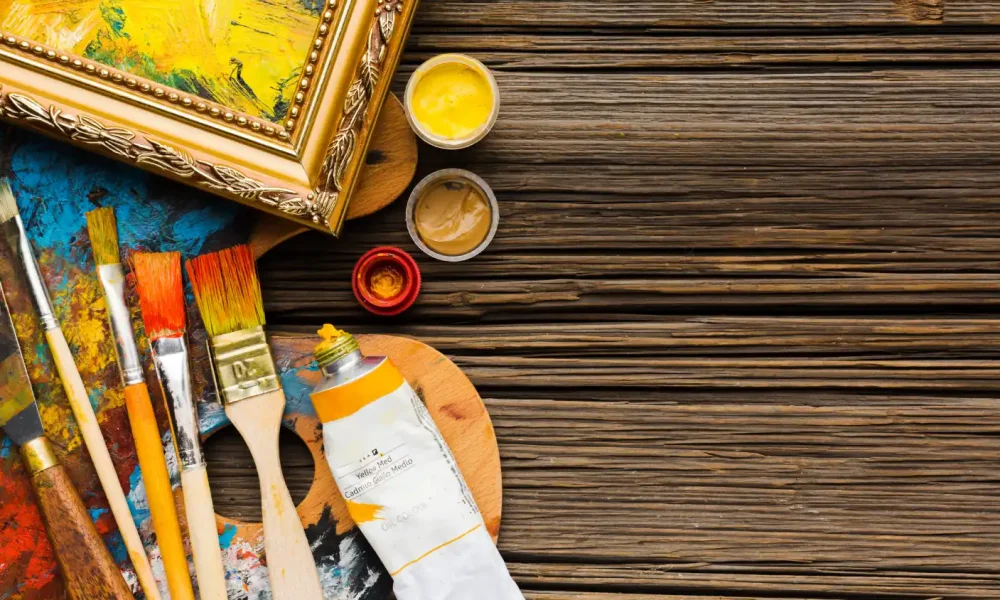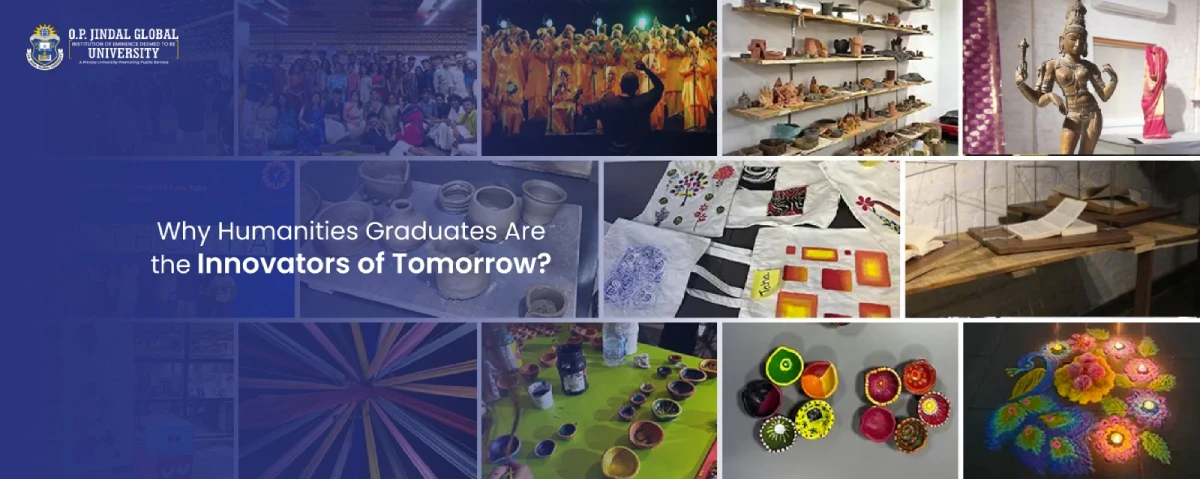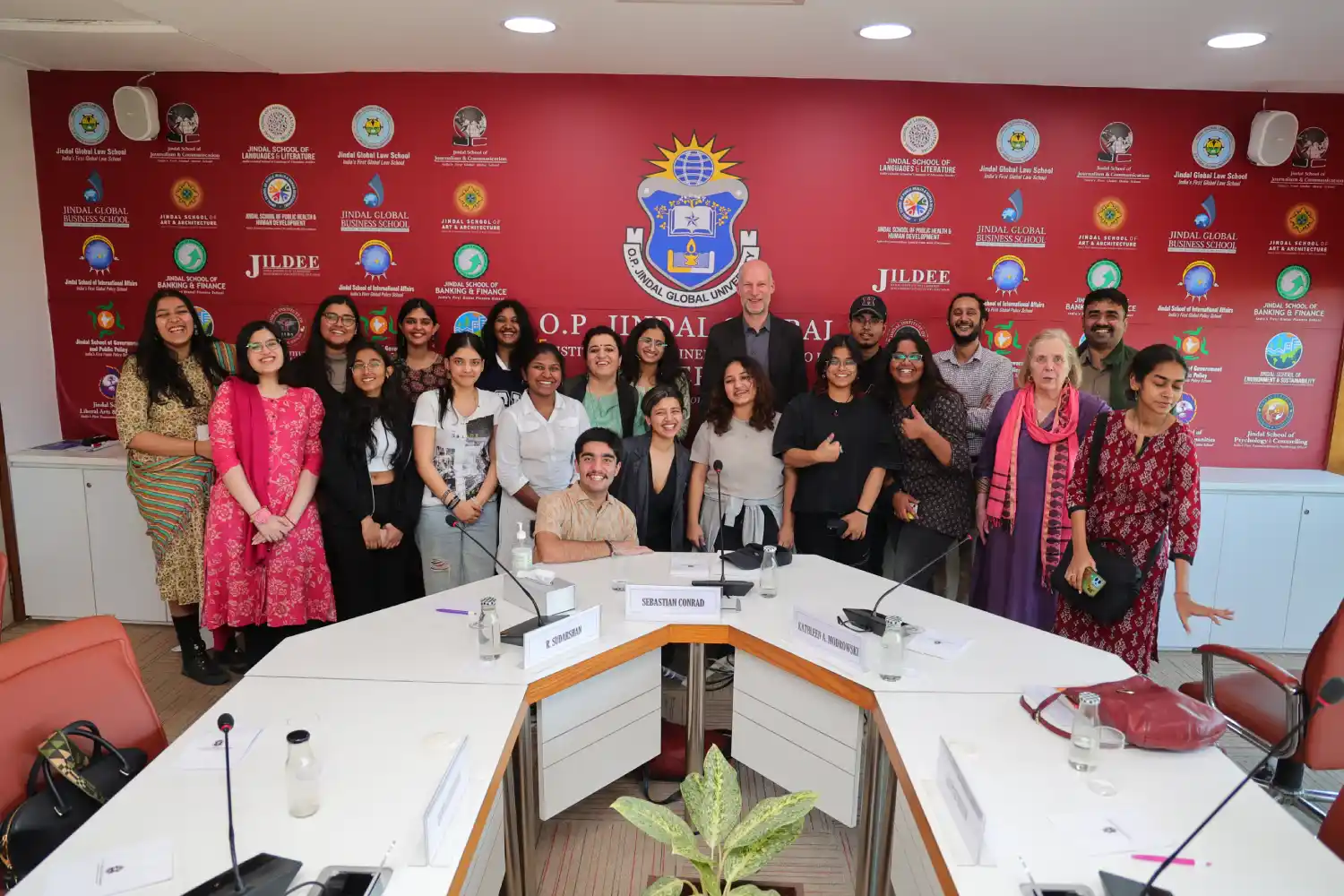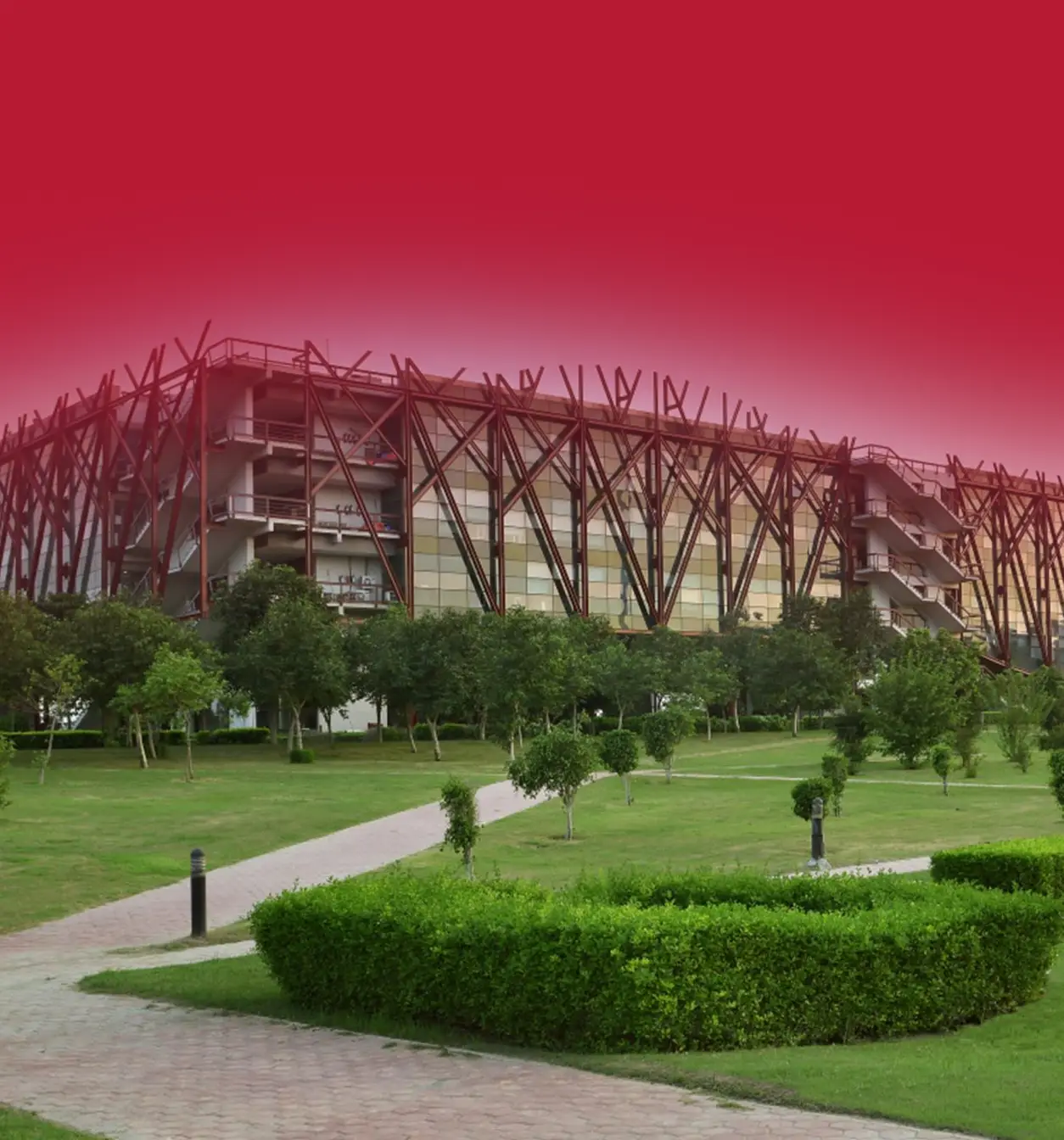Table of Contents
India’s rich cultural diversity has given rise to a wide array of traditional art forms, sustained through generations by dedicated artists who have passed down their craft. While these art forms were once viewed primarily as hobbies or cultural expressions, Fine Arts has emerged over the past century as a dynamic and respected professional field.
Today, pursuing a Bachelor of Fine Arts (BFA) is no longer just about mastering traditional techniques—it requires originality, innovation, and a unique set of creative and technical skills suited to a rapidly evolving artistic landscape.
Art has been an integral part of human history since prehistoric times, as evidenced by ancient cave paintings created by our early ancestors. However, the formal study and exploration of fine arts began to take shape in the 16th century during the Renaissance. Since then, the field has undergone significant transformation, giving rise to influential movements such as Post-Impressionism, Surrealism, Cubism, and Pop Art—spearheaded by visionary artists like Vincent van Gogh, Salvador Dalí, Pablo Picasso, and Andy Warhol.
Take the Artistic Route with Fine Arts
The first structural definition of fine arts was provided by a French Philosopher named Charles Batteux, in his book titled “The Fine Arts Reduced To A Single Principle”, published in 1746. In simple words, the idea of fine arts serves aesthetic purposes, often with an evocative appeal to start a conversation or merely to spark a thought.
BFA programmes represent a contemporary approach to the study of fine arts, offering an interdisciplinary curriculum designed to provide students with a holistic understanding of the origins, history, and evolution of the field. Along with the theory, BFA courses emphasize interactive, experience-based learning. Students not only refine their artistic abilities but also enhance their communication skills, gain proficiency with technical tools, and develop practical knowledge in areas such as marketing and professional practice, all through hands-on experiences and collaborations with industry leaders.
The Scope of Fine Arts in the Real World
The field of fine arts has evolved significantly with the advent and integration of technology into the creative process. Over the past decade, digital art has gained remarkable popularity, becoming a dominant force in contemporary artistic expression. At the same time, traditional art forms and movements continue to remain relevant, offering powerful commentary on present-day issues.
A recent example is the rise of AI-generated Ghibli-style art, which not only showcases the creative potential of emerging technologies but also highlights the evolving role of art in psychological and cultural contexts. A B.A. in Fine Arts equips students with the knowledge and skills to thrive in a range of creative careers, including roles such as studio artist, gallery assistant, illustrator, curator, creative designer, art historian, theatre set designer, and other related professions within the art and design industry.

BFA Course – Eligibility, Admission Process in 2025
The Jindal School of Liberal Arts & Humanities maintains a rigorous eligibility and selection process for admission into the BFA programme. To be eligible, applicants must have completed their 10+2 education from a government-recognised board. The selection process consists of three stages: first, an evaluation of the application form, including the personal statement; second, performance in an online entrance test or submission of scores from specified national or international entrance exams; and finally, a personal interview conducted in online mode.
Experience a Culture of Art at Jindal School of Liberal Arts & Humanities
The 4-year BFA programme at the Jindal School of Liberal Arts & Humanities (JSLH) offers a rich and interdisciplinary curriculum that aims to strike a balance between theoretical study and practical application. The academic framework includes topics such as South Asian and Western art history, art theory, global contemporary art, art management, market and critical theory, moving images, sound art, performance art, and postcolonial and decolonial art practices.
Alongside theoretical exploration, students develop essential artistic skills and techniques across diverse media. These include ceramics, printmaking, digital art, sculpture, carpentry, photography, video and sound production, and even programming. Students are also trained in the use of technical tools and digital platforms for creating, showcasing, and preserving art. This comprehensive approach not only nurtures artistic sensibility but also equips graduates with the versatility to pursue careers across various sectors within the fine arts industry.





